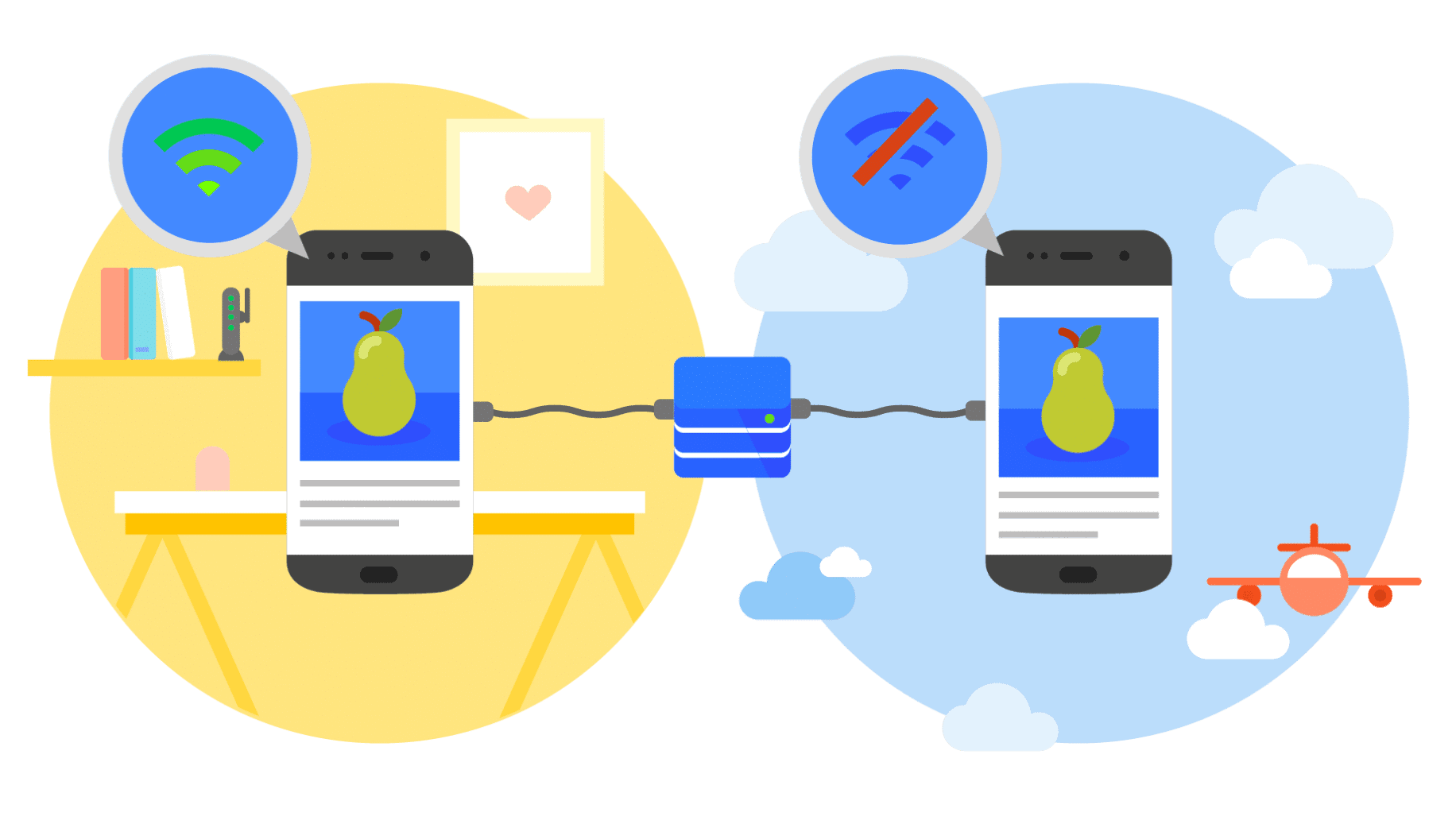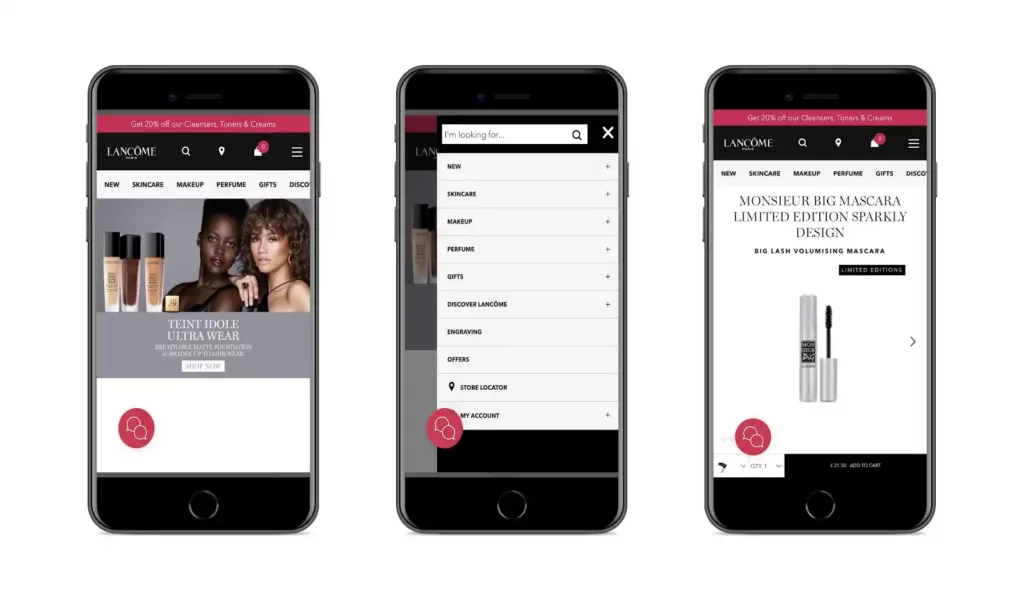Development
SPA or PWA: What will work best for your app?
Both of these advanced technologies are quite popular these days. Still, many companies, including famous brands, go for PWAs.

Just a heads up, if you buy something through our links, we may get a small share of the sale. It’s one of the ways we keep the lights on here. Click here for more.
Single-page applications and progressive web apps are two popular approaches to the web development process. At first sight, they look pretty similar. However, the difference between them is more than meets the eye.
Before we find out which solution is better for your business: a SPA or PWA, let’s start with the definition and key characteristics of both terms. This brief overview will help you grasp the main difference between the two technologies and choose the right one for your project.
A single-page application (SPA) is a website where the current page is not downloaded from a server but updated dynamically. According to Wikipedia, the main goal of this technology is fast transactions. Owing to them, consumers get a native-like user experience.
The classic examples of single-page applications are Twitter, Google, Netflix, and LinkedIn. Let’s take a look at how SPAs work using Google Docs as an example.
When you type something there or edit an existing text, the main interface remains intact. The content you want to modify is the only thing that can be changed. That is the core idea that lies behind this technology.
Pros of single-page applications
- Increased website speed;
- Extensive catching capabilities;
- Quick response to users’ interactions;
- Stable performance;
- Streamlined development.
A PWA or a progressive web application, in its turn, is a combination of web and native apps. Such apps load like ordinary websites, but work offline and can send push notifications. In addition, they can be added to the home screen of mobile devices.
Below you can see the example of PWA built by Lancome:

When it comes to progressive web development, we cannot but mention the core components of such applications. They set PWAs apart from single-page applications.
- Service Worker is responsible for resource caching. They make possible work in offline mode and background data synchronization.
- Web App Manifest is a file containing specific information related to the web app: description, icons, name, etc.
- HTTPS – this extension of HTTP protocol ensures a secure connection.
- Application Shell architecture ensures fast performance.
Pros of progressive web applications
- Enhanced security;
- Time and cost efficiency;
- Offline mode;
- Improved engagement.
It is worth noting that progressive web applications rank higher in search results. The thing is that Google prioritizes responsive websites and PWAs are mobile-friendly by default.
Now let’s discuss what both SPAs and PWAs have in common and then take a closer look at their principal differences.
Similarities
Single-page applications and progressive web applications are similar in terms of architecture. It helps provide users with an app-like engaging experience. Users’ interactions with SPAs and PWAs differ greatly from interacting with regular websites.
Differences
Speed
When it comes to speed, both SPAS and PWAs are quite similar since both of these advanced technologies use JavaScript. However, service workers give PWAs extra benefits. Thanks to its ability to pre-cache scripts, CSS, images, and markup, the user’s network is freed from additional stress related to rendering.
Accessibility
The ability to work in offline mode gives progressive web applications an upper hand compared to other solutions. Besides, the “Add to the home screen” feature makes PWAs more accessible than ever.
Security
Single-page applications are noted for their vulnerability to different types of hacker attacks. They include cross-site scripting and man-in-the-middle (MITM) attacks. As a result, users have to use specific tools for additional protection. In their turn, PWAs use HTTPS protocol that ensures secure content delivery. Besides, it prevents MITM attacks and protects the data transmitted by default.
UX/UI
I have already mentioned that both SPAs and PWAs offer a more advanced user experience than traditional websites. However, progressive web applications load content immediately. For this reason, they are a bit better in terms of UX than single-page applications. Besides, they have engageable features like push notifications.
Final thoughts
Single-page applications and progressive web apps are very close terms that have both similarities and differences. For example, single-page applications can be PWAs, but progressive web apps are not necessarily SPAs.
Both of these advanced technologies are quite popular these days. Still, many companies, including famous brands, go for PWAs. So why not follow their lead?
If you’re thinking about following the lead of the famous brands and creating a progressive web app, here’s a list of the best progressive web app builders that might help.
Have any thoughts on this? Let us know down below in the comments or carry the discussion over to our Twitter or Facebook.




























